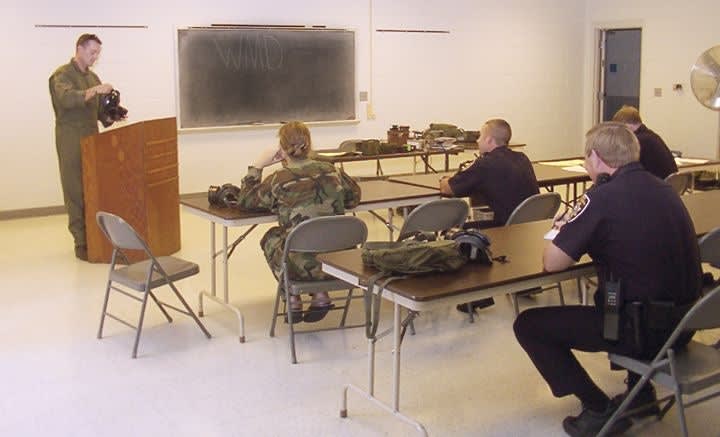A WMD unit trains together and is tasked with responding to, assessing, and resolving the crisis portion of any Weapons of Mass Destruction event. Doing so is beyond the ability of most special units, much less patrol. This is not to slight these groups. The knowledge necessary to successfully resolve such an incident is not yet widely available.
Responders to a WMD incident must be capable of assessing any agents or products disseminated as well as how rapidly they are spreading, and be equipped to contain and neutralize them. These tasks require an above-average knowledge of chemistry, meteorology, physics, and tactics, not to mention immediate access to some fairly specialized equipment. HazMat is not enough.
While some of the units at an agency may already have some pieces of the puzzle necessary to respond to WMD disasters, no current units have all of the necessary tools.
Bomb Squads are excellent at hazard prediction, awareness of chemical agents, and establishing deployment methods. But they have very little gear for mass decontamination or a sustained event. HazMat teams are excellent at decontamination and use of PPE (the specialized protective ensembles the team members wear), but they usually don't have the necessary diagnostic gear, specialized knowledge of WMD agents, or expertise in deployment methods.
Jim Schneden, who supervises the Tucson (Ariz.) Police Department bomb squad, which trains with the HazMat unit at the Tucson Fire Department, believes a WMD unit serves an important, specialized function that cannot be handled by a different type of unit.












